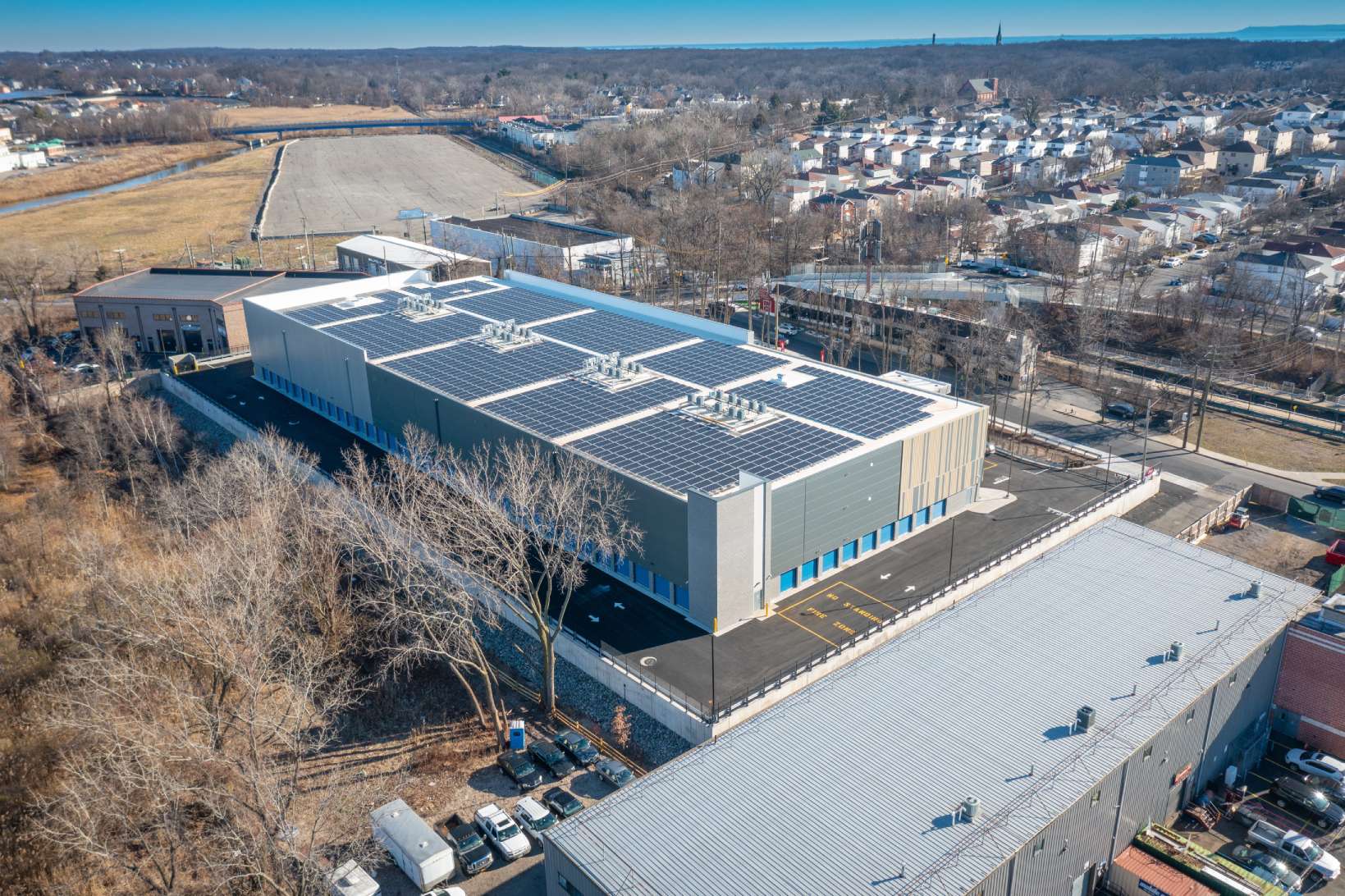CEBA Member Highlight: Catalyze

What Are Behind-the-Meter and Front-of-Meter Solutions, and Why Do They Matter for Commercial and Industrial Building Owners?
Renewable energy and storage can help commercial building owners tap into a wealth of benefits that extend far beyond meeting sustainability goals, such as boosting financial performance and operational resilience. Producing energy onsite reduces and gives predictability to energy rates, shielding commercial building owners from rising utility costs while opening new revenue streams. To fully capitalize on these benefits, building owners must choose between front-of-meter (FTM) and behind-the-meter (BTM) energy systems. Understanding the nuances of these configurations is key to optimizing profitability and unlocking the full potential of clean energy investments.
FTM vs. BTM: Understanding the Impact on Your Bottom Line
For clean energy solutions, choosing between FTM and BTM systems can significantly impact benefits for property owners. Each system type describes a relationship between where energy is produced and how it’s credited to the end user, based on utility meters and who receives the value of the energy produced.
FTM systems involve energy production that is injected into the grid on the utility side of the customer’s meter. For instance, the property owner leases a plot of land or rooftop to a solar developer who then finances, installs, and maintains a community solar system. All energy produced onsite is then sold to a utility company who facilitates the issuance of bill credits to the project’s subscribers. The owner receives a site lease payment but does not offset their utility charges or receive renewable energy credits (RECs), which are generally assigned to the utility.
Unlike FTM systems, BTM systems generate and offset energy onsite, operating behind the utility’s meter. A property owner looking to install a BTM system may choose to partner with companies like Catalyze, which finance, install, and maintain rooftop, ground-mounted, and carport-mounted solar panels and energy storage systems.
BTM systems can directly offset energy usage and utility charges for facility owners, providing immediate financial benefits. In addition to offsetting energy load, they often reduce transmission, distribution, and demand charges, which can comprise more than half the bill.
Is BTM or FTM Right for My Commercial Real Estate Building?
For owner-occupied commercial and industrial properties, integrated renewable energy solutions — like BTM systems — usually deliver more value compared to FTM alternatives. This is because of their ability to locally offset energy demand and their potential for REC ownership. While FTM systems offer the advantage of simply generating additional Net Operating Income (NOI) for the asset without the complication of purchasing the energy, ESG benefits to property owners are limited. Since the building owner is not the end user of this energy, this structure is simply a way to generate additional income from an underutilized portion of the asset (the roof).
In contrast, BTM systems offer a broader spectrum of benefits. They help offset energy usage and utility charges locally and can often include REC ownership allowing benchmark reductions in GHG emissions. BTM configurations can also open new revenue opportunities, such as participating in demand response programs or offering EV charging services to visitors. Pairing them with onsite EV charging stations provides additional property value and user benefits – no small consideration when EVs are projected to comprise 60% of total vehicle sales, over 350 million vehicles, by 2030.
How to Choose the Right Commercial Real Estate Clean Energy Provider
Whether considering FTM or BTM, integrating a commercial-scale clean energy and storage system requires a capable integration partner. To ensure a smooth and successful project, from initial quotes and financing to ongoing operations, it’s crucial to partner with a provider that offers a comprehensive solution, exceptional communication, and extensive team experience.
When evaluating potential clean energy providers, look for those that prioritize value creation. The ideal partner will own and operate energy assets, minimizing financial risk for the property owner. To maximize the benefits of your clean energy investment, find providers that offer turnkey solutions and ongoing operation and maintenance services to ensure the system’s profitability and performance over time. This commitment to shared benefits aligns the interests of the provider with those of the property owner, fostering a mutually beneficial relationship.
At Catalyze we specialize in developing, financing, and operating renewable energy assets through the entire project lifecycle, offering owners financial and operational benefits without costly upfront expenditures. We are so excited to work with CEBA members to optimize their clean energy investments.
